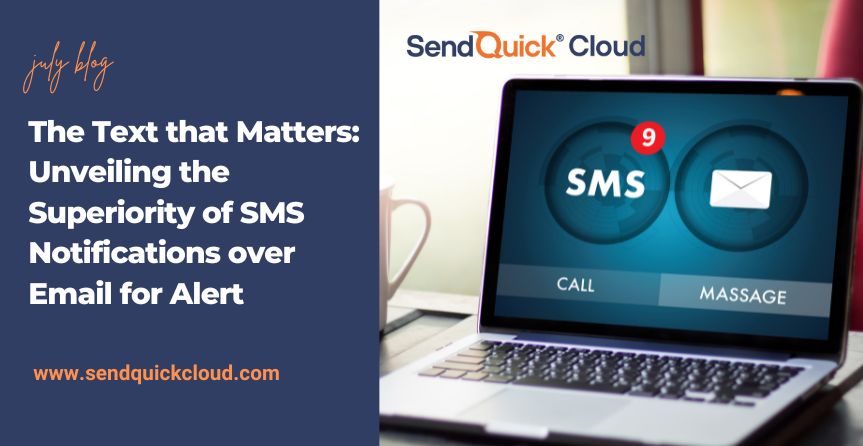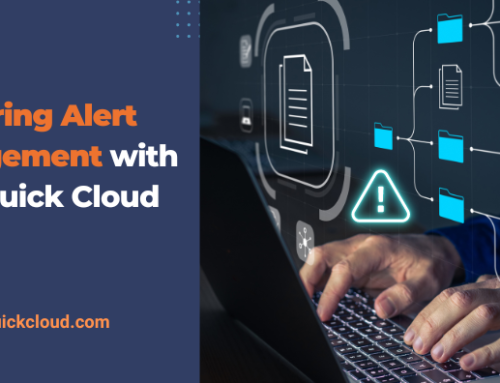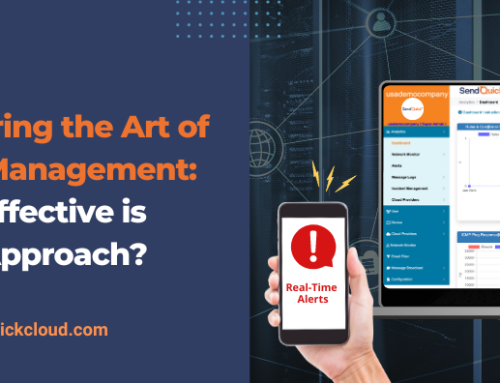IT alert management is a crucial aspect of modern businesses, especially as more companies rely on cloud-based services for their operations. When it comes to sending notifications or alerts to IT staff, email is a commonly preferred channel in IT monitoring systems. However, it is important to evaluate whether email is truly the most effective way for your staff to receive important updates about the company’s IT systems.
Why Email?
To answer this question, let us consider the pros and cons of using email as a communication channel. Emails offer a cheap and easily scalable method of communication, allowing messages to be sent to multiple recipients effortlessly. Email integration with automated IT monitoring systems is usually straightforward, enabling the inclusion of substantial amounts of information to provide detailed threat assessments.
Overall, email is a convenient communication channel for most companies. However, employees may not perceive it in the same way. Emails and alerts often end up in a general inbox that employees may not check regularly, particularly when flooded with a high volume of emails during their workweek. Important alerts may go unnoticed until it is too late, potentially leading to financial losses and unnecessary system downtime.
Why SMS?
SMS notifications also have their advantages and disadvantages. While SMS messages can only display limited information at a time and incur costs for the company with each notification sent, they tend to be read instantly by employees as they typically keep their phones nearby. In contrast, emails often remain unread for hours. SMS notifications are more likely to catch the attention of employees, particularly in emergency situations. They have high open rates, with the average person frequently opening text messages within minutes of receiving them.
Conclusion: Which one is better?
Both SMS and email alerts have their merits in specific situations, while they may not be as effective in others. The choice of the most suitable channel depends on the company’s circumstances. For urgent notifications that require immediate employee response, SMS notifications are more effective.
Despite the higher costs, SMS messages are more likely to be seen immediately and prompt a timely response. On the other hand, for less time-sensitive alerts that require detailed explanations, email remains a more appropriate option.
A common challenge faced by IT staff is the inundation of information from email alerts, much of which may not be relevant. Different cloud-based IT monitoring systems may generate multiple alerts, making it difficult for IT staff to identify which notifications require urgent attention. This makes it harder for staff to manually assess which channel of communication is ideal for every situation.
This problem is fixed easily by SendQuick Cloud, an IT alert management system that consolidates alerts from multiple IT monitoring systems onto a single dashboard. SendQuick Cloud acts as an email to SMS gateway and can automatically convert email alerts into SMS notifications using its Email-to-Text feature.
Email filters can be configured and employed to prioritize alerts, ensuring that high-priority notifications receive immediate attention. Additionally, our Roster Management feature simplifies the process of determining recipients for alerts, regardless of the chosen communication channel, making even SMS alert systems highly scalable and easy to manage.
SendQuick Cloud also offers seamless compatibility with omnichannel messaging platforms, allowing you to send text-based messages with minimal configuration. It integrates directly into most common cloud providers, which means it can effortlessly work with your existing cloud-based IT infrastructure.
Learn more about SendQuick Cloud at http://sendquickcloud.com/ and click to get your FREE Trial!




